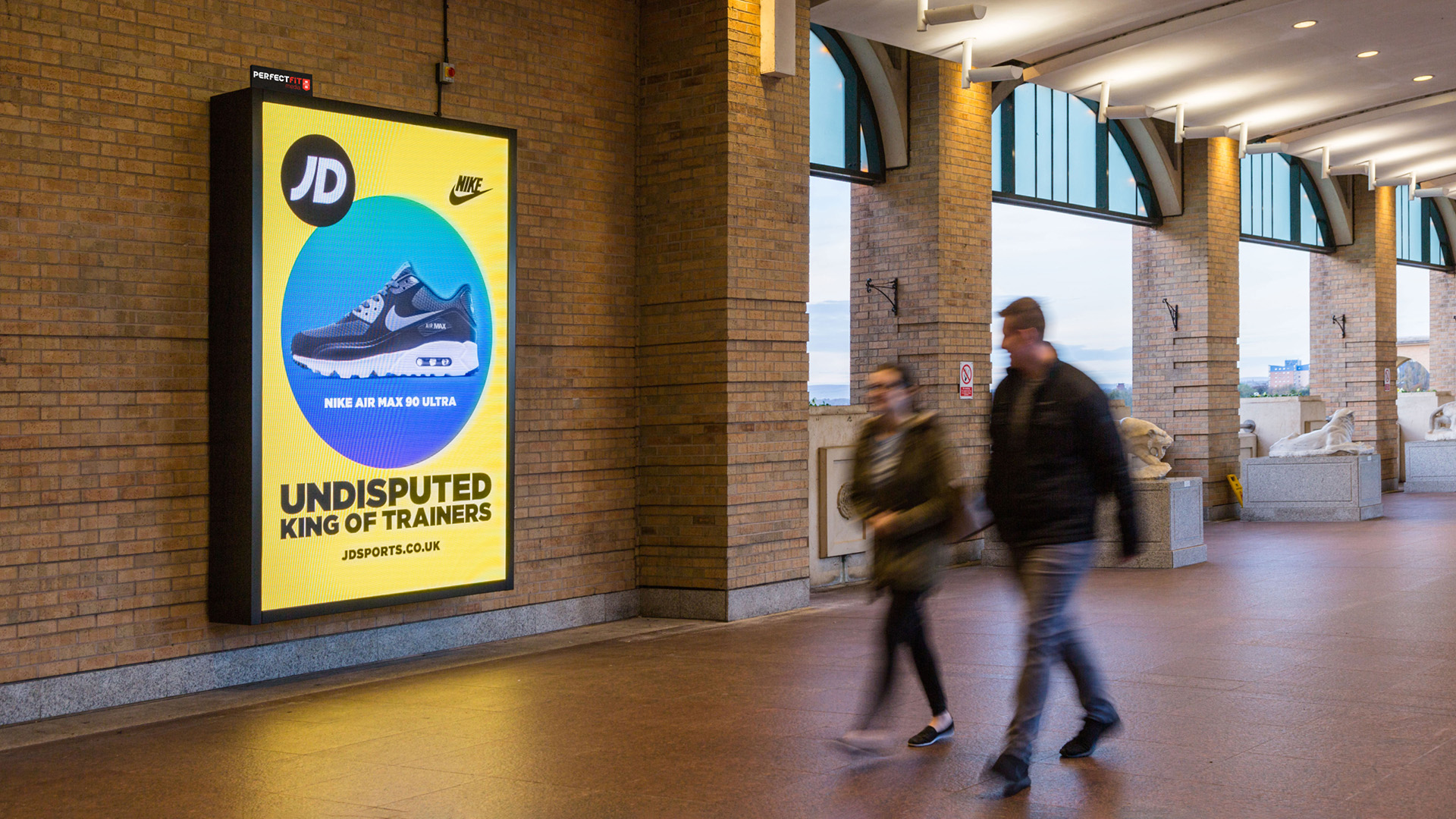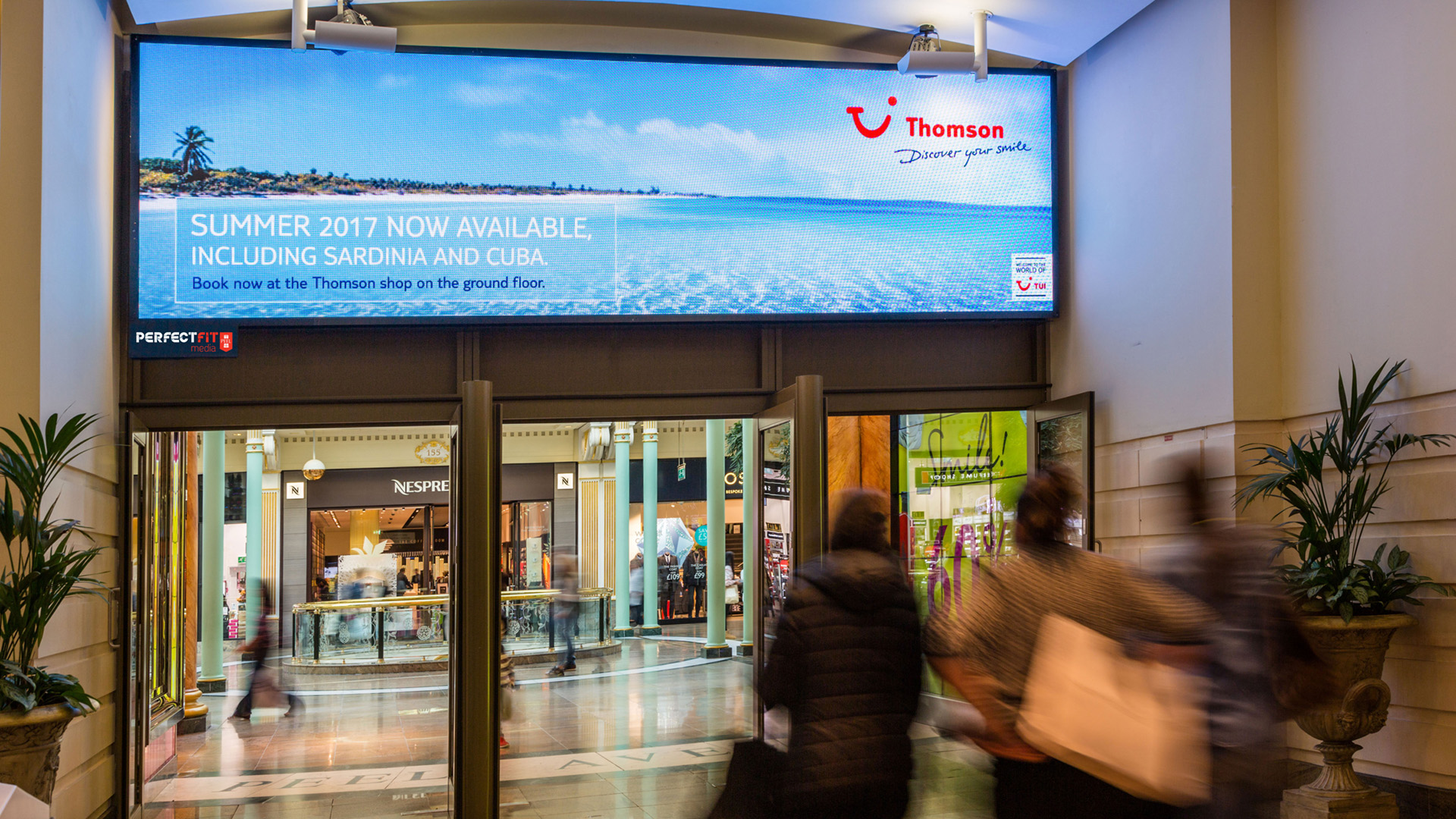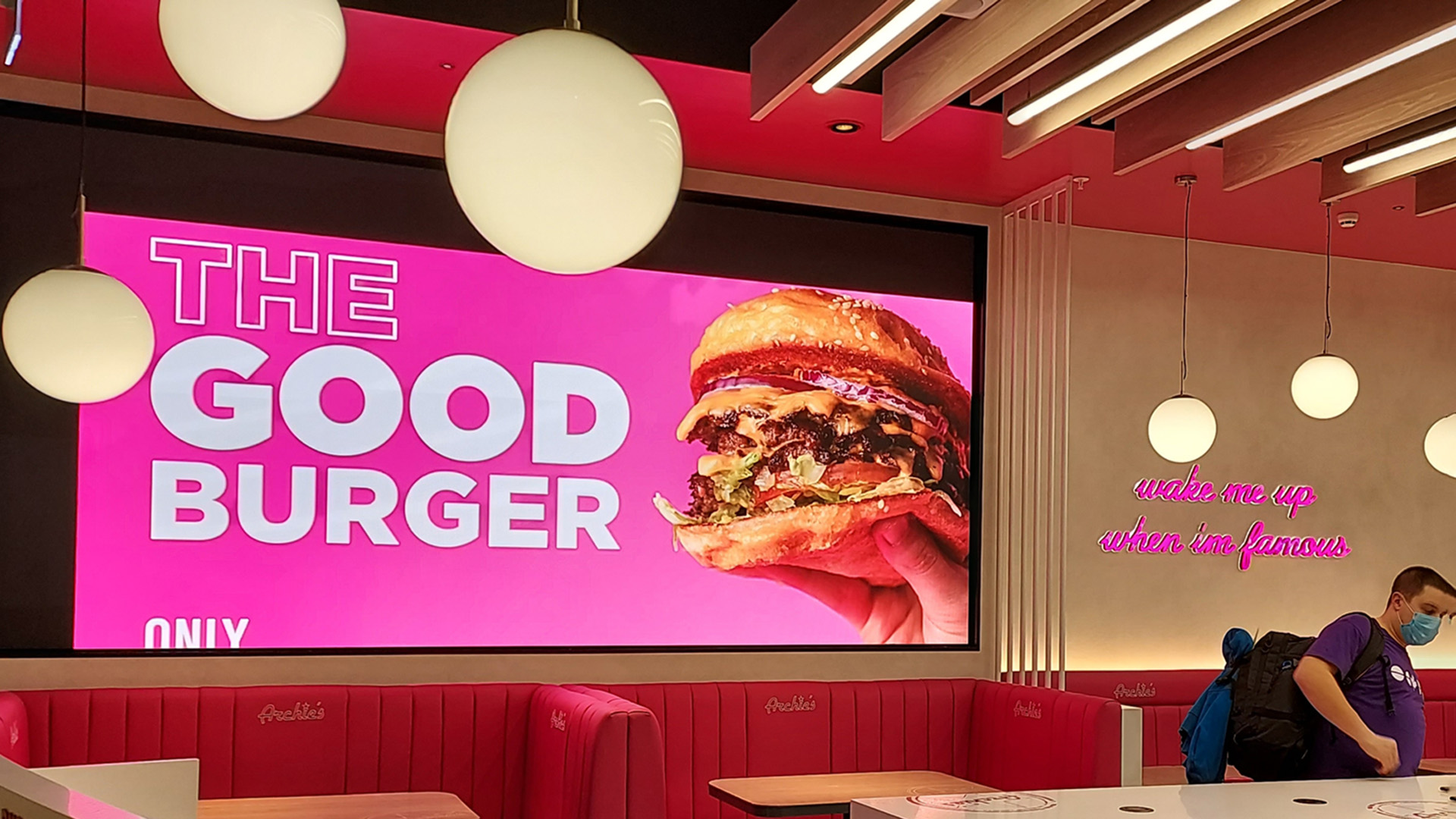- Internal Signage
- Outdoor Signage
-
-
- Outdoor Signage Products:
- Neon Signs
- LED Signage
- Fabricated Letters
- Exterior Wayfinding
- Monoliths & Totems
- Nameplates
- Solar Signage
- Projecting Signs
- Fascia & Shop Signage
- Site Boards
- ASIAD Compliant
- Stacker Signs
- V-Boards
- Flat Panel & Post
- Tray Panel & Post
- Road Traffic Signs
- Retail Park Signage
- Composite Cladding
- Projecting Banner
- Canopies & Awnings
- Bespoke Aluminium Extrusions
- Heritage Signage
- Interpretation Panels
- Outdoor Signage Products:
-
-
- Letter Styles
-
-
- Letter Styles Variations:
- Flat Cut Acrylic
- Flat Cut Metal
- Flat Cut Aluminium Composite
- Built Up Rim & Return
- Halo Illuminated
- Face Illuminated
- Face/Halo Illuminated
- Built Up Non Illuminated Acrylic
- Metal 3D Lettering
- Mesh Illuminated
- Vinyl Lettering
- LED Acrylic Faux Neon
- Open Trough + LED Bulbs
- Open Trough + LED Faux Neon
- Open Trough + Traditional Neon
- Trough Letters + Live Moss
- Letter Styles Variations:
-
-

WHAT DO RETAILERS NEED TO CONSIDER BEFORE INSTALLING A VIDEO WALL?

Digital retail signage is more integral than ever to the retail journey, and for customers, visually engaging in-store signage can be what separates a good shopping experience from a great one. Video walls are a powerful and engaging way of utilising big displays with maximum impact. But what do you need to consider before sitting down with your AV integrator?
Whether you’re a franchisee that needs to follow corporate standards, or a small independent shop looking to catch the eye of more customers, when it comes to installing a video wall, the principles are largely the same. You’ll need input from stakeholders across your organisation to ensure the scoping is done properly.
If you’re in the early stages of considering a video wall for your quick service restaurant or retail store, then there are a few key questions to ask. From design, delivery, and through to the support stage, these scoping questions can help make your LED installation journey pain free.
What is the purpose of the screen and how will you measure success?
The first thing you need to consider are your reasons for choosing a video wall. Is it to improve brand awareness, to better the customer experience, or to increase revenue? The answers to these questions can influence decisions down the line. For example, if your goal is to increase foot traffic, then positioning the screen at the front and centre of the store is key. However, if you’re displaying targeted customer/product messaging, then the video wall might be better placed strategically inside the store. Outlining your goals and what success looks like will help you better understand what type of video wall you’re really after.

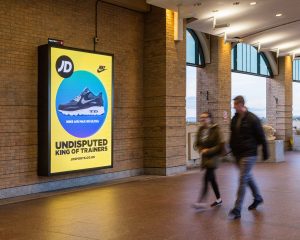

Why LED?
Most AV integrators will recommend LED for an in-store video wall, for a few reasons – the seamless or bezel-lessdisplay, the ability to be more creative with the shapes you construct, and the fact they’re easier to work with when it comes to maintenance and upkeep.
As a retail customer, you’re likely looking for a bezel-less screen without gaps where screens connect – a result best achieved with LED. LED screens are also generally more adaptable, so you’re less limited when it comes to your design. Whereas with an LFD you would be limited to constructing with ‘building blocks’ in a 16:9 aspect ratio, LEDs can be produced in smaller, square ratios, giving you more flexibility when it comes to creating versatile shapes for your video wall.
Lastly, LED maintenance is often more straightforward. This is because when there is fault on an LFD video wall, if often means you need to replace an entire individual screen. However, with LED, you’re more likely to need to replace just one individual module. This makes for an easier, cheaper process. Similarly, LED has benefits when it comes to product aging. When replacing an LFD screen in a video wall, the screens need to be re-imaged – a process which involves measuring the brightness of the screens, then working along each screen ensuring they match in brightness and performance. However, with LED processing software, the screens can generally be imaged and calibrated automatically, making the process much quicker.
What size and aspect ratio do you need?
Initially, the size of your video wall will be determined by where you will put it, and the physical limitations of that space, like windows and wall size.
You will then need to consider whether your video wall will be in the 16:9 aspect ratio, which is the standard aspect ratio for most TV and film content. There are a number of reasons why you may choose this aspect ratio – namely to do with making content production easier, covered in the next point. So, although LED is a good option to cover walls of any size and shape, it can often still be beneficial to build LED screens in a 16:9 aspect ratio, to best accommodate content in a standard aspect ratio.

What content will you be showing?
As mentioned in the previous point, the content you intend to display can dictate the aspect ratio – and the pixel pitch or resolution you’ll need. In retail, the content is often eye-catching product visuals used to capture the attention of customers. In these instances where larger, less detailed content is being shown, you can often utilise a coarser pixel pitch. However, finer pixel pitches can show more granular detail, so if your content has intricate details, then you may need to invest in a finer pixel pitch to achieve a higher resolution – but this will come at a cost. See the later point about budget restrictions for more on this.
As a retailer, you will likely find it both easier and cheaper to supply content to a screen in a standard 16:9 aspect ratio as, although custom sizes and shapes are eye-catching, the accompanying custom-shaped content can be more expensive to render during the production phase.
Another consideration is how you will supply content to the screen itself. This could be from a media player, a video wall processor, or a desktop PC. This depends on how many feeds you will ingress and how complex the content is, and whether content is hosted locally or from another location. These technical aspects are something your AV integrator can advise you on.
Where is the screen being mounted?
The location of the screen can have a few implications – from the cost of installation to whether the wall is
suitable for a video wall. Before you brief an AV integrator you should ideally conduct a location scoping exercise, so that you can supply your AV integrator with general arrangement or utility drawings for your building. This shows them the wall makeup and DNA (for example: whether it’s made of brick or plaster) and
helps them see any utilities that may cause issues when it comes to mounting the video wall in your chosenlocation.
It’s vital that potential complications are picked up early, as they can have an impact on timelines and cost and can also affect how the supporting metalwork for the screen is installed. Although some issues are easily addressed, for example, by bringing in electricians to reroute powerlines, it is better to consider this early on as, the sooner they are identified, the fewer unwanted surprises you will run into.
Another important consideration is the mounting mechanism – once you’ve chosen your location, your AV company can help answer important questions like, will your screen be mounted from the floor, ceiling, or wall? Each option involves metalwork costs, and
although off-the-shelf mounts can be adequate for locations with ideal conditions, custom metalwork is usually necessary to ensure the video wall is millimetre perfect, flush to the wall, and seam free. Your AV integrator will carry out an on-site survey with structural design considerations, making sure the design they propose is fit for purpose, can hold the weight of the video wall, and will pose no risk to customers.
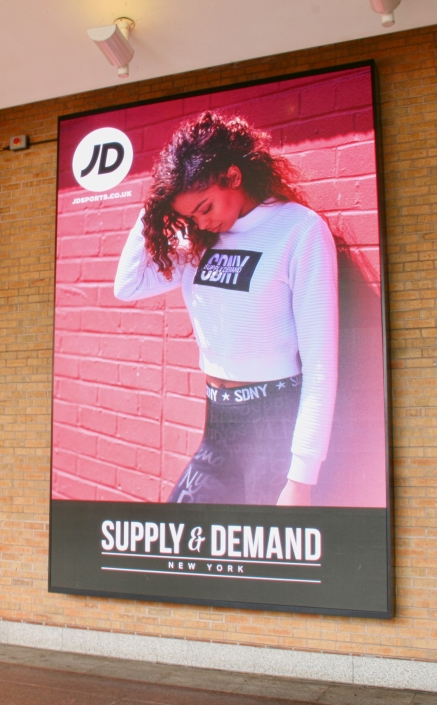
What is your budget?
LED screen size and resolution are the biggest determining factors for cost. A bigger screen will generally cost more than a smaller screen; however, pixel pitch can have a dramatic impact on this price. Often a larger screen with a coarser pixel pitch will be cheaper than a small screen with a very fine pixel pitch – but the resolution you need will be determined by your content. As a general rule of thumb, you need one millimetre of pixel pitch for every metre of distance your audience will be from the screen. So, if they’re 10 metres away, a 10mm pixel pitch would mean they’re able to see the images. But as mentioned in the ‘content’ section, this rule is flexible dependant on content, and with less detailed imagery you may be able to utilise a coarser pixel pitch. The pixel pitch needs to be optimised to the viewing distance and will be a big determining factor for the cost of your screen.
There are also several other budgetary implications associated with installing video walls. Your AV integrator will be able to advise and provide costings, but it’s important to remember the cost for the screen is only part of the total investment. The mechanical support and bracketry required to install the wall will carry a cost, more so when a custom solution is needed. Content also has to be commissioned, and the specialist equipment potentially required to supply it to the screen will need to be factored in. Other costs include site surveys, resources to install and calibrate the screen, and shipping costs for parts.
An ongoing consideration is the energy efficiency of the screen, as LED displays generate heat, so will likely increase your air conditioning spend. These aspects are all separate from the screen itself but vital to understand when considering your budget – all of which your AV integrator can help you scope for.
How is your LED going to be maintained after installation?
Keep in mind that your LED display will need to be maintained to ensure that it continues to deliver value to your business, so you may want to consider signing a service and maintenance agreement with your AV integrator after the installation is complete.
Many AV integrators offer different levels of service and maintenance, ranging from proactive site visits and inspections, through to more reactive ‘breakdown’ cover. The level you require will depend on your store and how quickly you need issues resolved.
Collaboration can save you time and money
Whether you’re in marketing, IT, or store management, it’s likely that no single person or department can answer all of these questions. Installing LED is a collaborative process which requires multiple people to make sure the scoping is appropriately considered and meets all of the stakeholders’ needs. Early input from the right teams can help save you time and cut down potential hiccups later down the line, giving you the best result for your budget.


